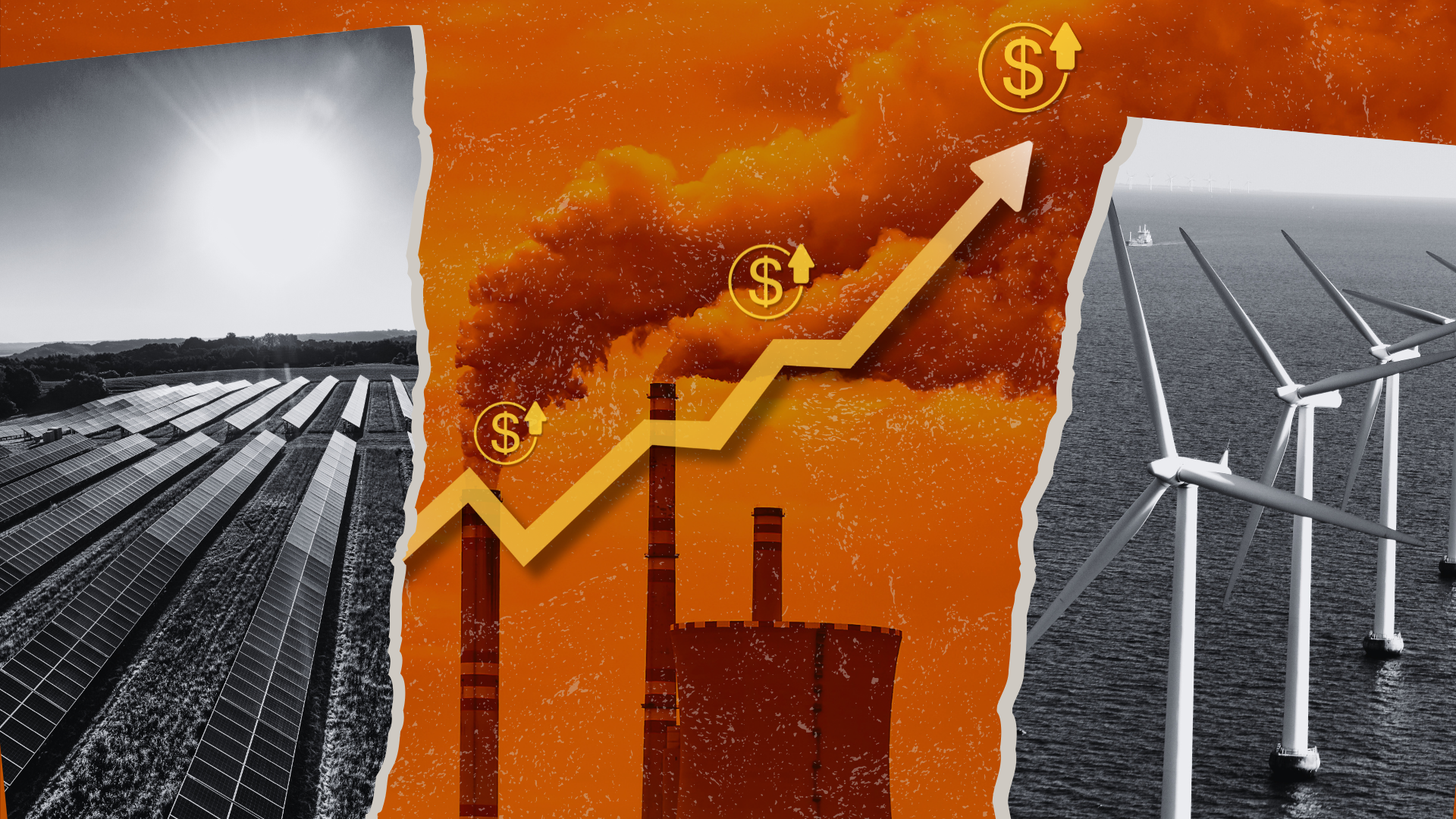Public Health Professionals are Catching the Fever
This post is by John Balbus, M.D., M.P.H., Chief Health Scientist at Environmental Defense.
Damage to public health from climate change is already occurring around the world, with over 160,000 extra deaths occurring annually from malaria, diarrhea, malnutrition, and flooding.
Public health professionals are taking notice, and looking for solutions.
Climate change and its effects on human health took center stage at this week’s annual meeting of the American Public Health Association (APHA). Three sessions were devoted to the topic, including a plenary session attended by 700-800 people. A policy resolution calling for an economy-wide cap on greenhouse gases passed easily.
After the plenary session, APHA executive director Georges Benjamin held a press conference where he announced that climate change will be the theme of next April’s Public Health Week. The organization plans to release a set of recommendations for addressing the health impacts of climate change at that time.
Many presentations focused on how to stop global warming. Dr. Brian Schwartz of Johns Hopkins caught the audience’s attention with an eloquent call to "reconnect the disconnect" between our intellectual understanding of the need to lower greenhouse gas emissions and our personal energy consumption choices, from house size to automobile use. Dr. Howard Frumkin of the Centers for Disease Control (CDC) discussed how public health professionals can apply their skills to the health challenges of climate change. He showed a great "back to the future" slide describing the health benefits of low-carbon behaviors from the past like walking children to school.
When it identifies a clear threat to health, the public health community can mobilize significant change. Messaging and advocacy from the public health community has transformed the fast food hamburger from a staple to a symbol of our obesity epidemic, and removed soft drink marketing from our schools.
It took the finding that tobacco harmed bystanders to eliminate smoking from public spaces, and that may be the type of framing that can build momentum for reducing greenhouse gas emissions. Dr. Jonathan Patz from the University of Wisconsin made this case in his presentation at the plenary session. Public health professionals might be able to drive change by likening the carbon dioxide coming from automobile tailpipes to second hand smoke emitted from cigarette tips, while at the same time demonstrating the health benefits of other modes of transportation. The challenge is making this case stick when the people harmed live on another continent or in the future – far removed from the "smoker".
One thing is certain. The public health community is starting to get it. Look for more action from this corner as April and Public Health Week draw near.













One Comment
Not to mention the more immediate impact that pollution is having on escalating cancer rates now. Although multifactorial, the prevailing thought in the medical community is that pollution is largely responsible for increases cancer; as the immune system is bombarded by carcinogens, it is more likely to miss one. We have only to look at the terrible pollution problems in China and the escalating increases in cancer to see the cause and effect more clearly.
There should be greater concern about the rising incidence of breast cancer and prostate cancer in our own country and the link between pollution as a known carcinogen. While most people are aware of the increased risk of lung cancer from air pollution, awareness is low about the risk with other cancers. A recent Associated Press report on Oct. 31 reported that in China’s commercial center of Shanghai, 55 out of every 100,000 women have breast cancer, a 31 percent increase since 1997, according to the China Daily. In addition, about 45 out of every 100,000 women in Beijing have the disease, a 23 percent increase over 10 years. While multifactorial, pollution was considered to be a primary factor, along with increasing stress and worsening diet. http://www.msnbc.msn.com/id/21568058/
I would love to see the epidemiology, environmental health and cancer communities working more closely with green groups, because I think it could have a big impact with public awareness. While it is sometimes hard for people to see the impact of climate change today, everyone knows someone who has had breast cancer. While cancer,in general, is disease of the old with decreasing immune function, it appears that more and more younger women are being affected by breast cancer, not only the 65+ age group considered to be at higher risk. That should be a cause for concern to take immediate action now about the energy uses that are contributing to pollution and climate change.
— Diane Shnitzler, RPh